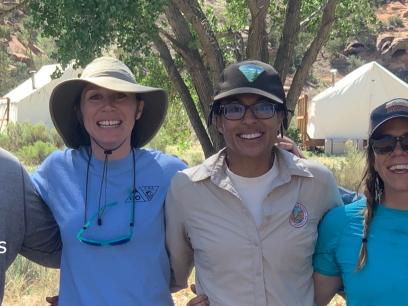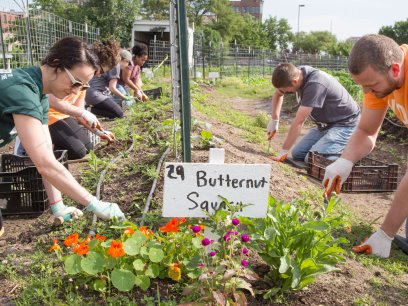
Your students might grab a glass of water to drink, turn the tap on to brush their teeth, take a shower at night, and fill their dog’s water bowl—all without even thinking about water quality. As an educator, you want to teach them about where their water comes from and why it’s important to keep natural water sources (such as rivers, lakes, and oceans) clean.
Pollution can take many forms, and it’s often hard to know how clean a water source actually is or where pollution is coming from. For example, while it’s easy to see trash or oil floating in the water, it might not be easy to detect other forms of pollution without doing a scientific test.
Mother Nature provides several different ways, such as the water cycle, to help keep the water supply clean. Why not introduce your students to the process of how heat, evaporation, condensation, and precipitation all work together to produce “recycled” clean water? With NEEF’s Backyard Activity Guide, your students can build a mini water cycle to watch this self-cleaning process in real time! All you need are a few simple supplies (large bowl, plastic wrap, small cup, small stones, dirt, water) and a sunny day.
Next up? Teach students about pH levels (how acidic or basic something is) and how they’re used to measure water quality. This activity, also available in NEEF’s Backyard Activity Guide, guides students in testing different liquids to see how they compare to pure water. It shows how appearances can be deceiving, since some liquids might look similar but they can mix and react very differently with other liquids. The activity also demonstrates how using a scientific test (in this case, testing reactions using red cabbage water) can help show differences that you often can’t detect with your eye.
These hands-on STEM activities offer a fun way for students to learn about water quality. Use them as a great supplement to your existing science curriculum. For additional educational resources about the water cycle, visit NASA’s Climate Kids and USGS’s Water Cycle for Schools and Kids. To learn more about pH levels and how they’re used to help measure water quality, visit the EPA’s Acid Rain resources page.


